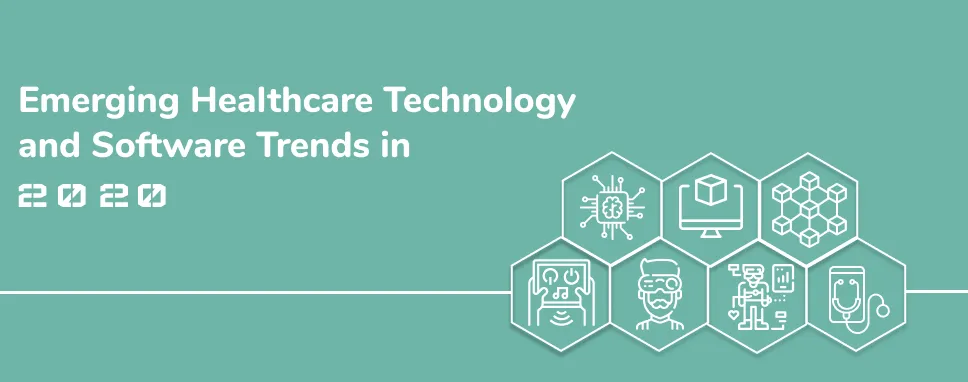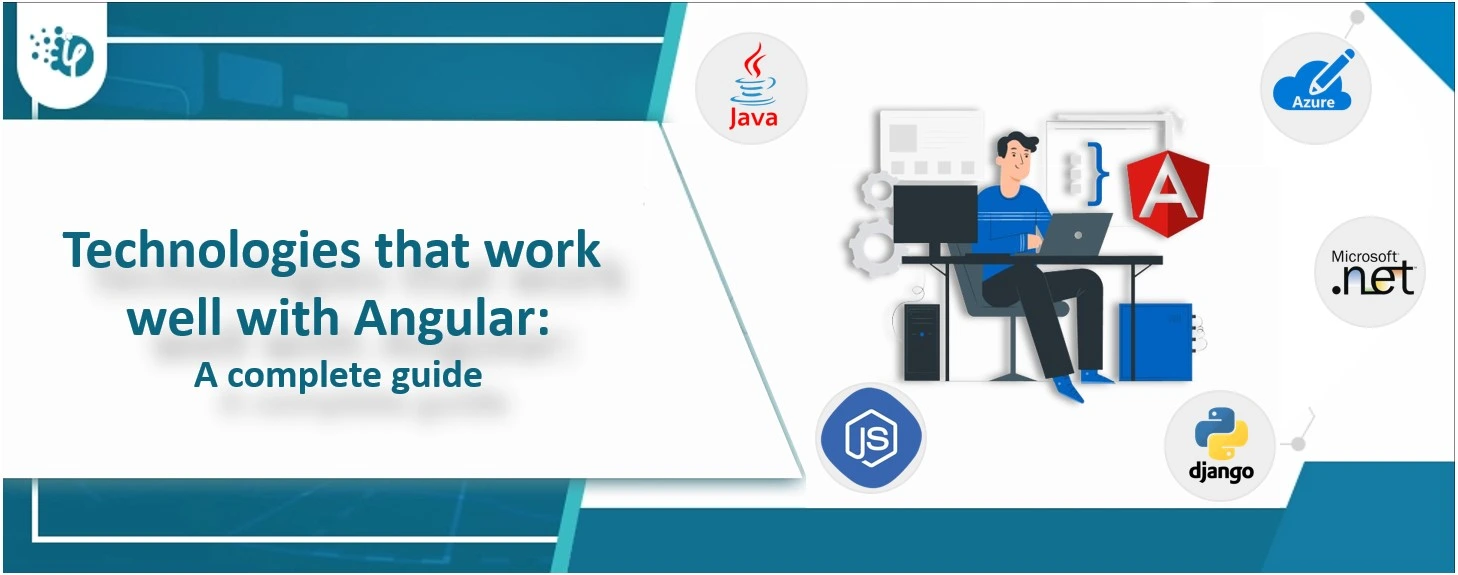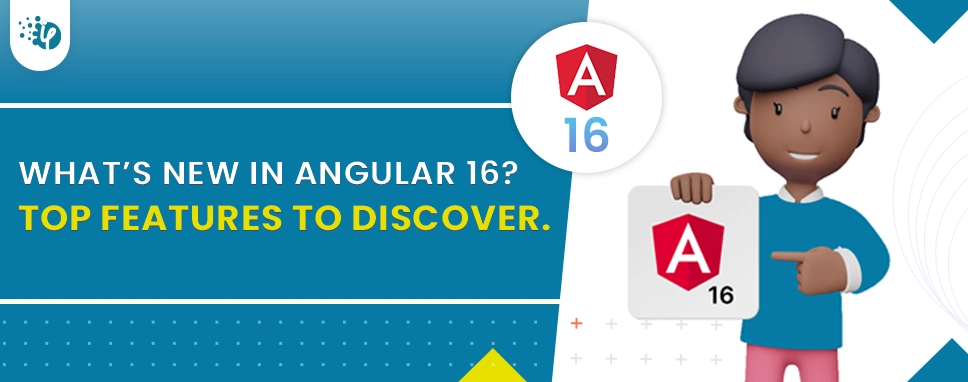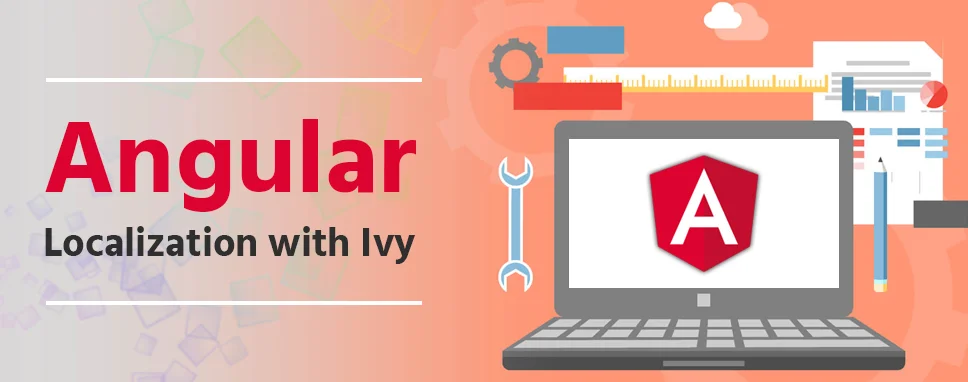Technologies that work well with Angular: A complete guide
Do you know 7 out of 10 people in the world today, use mobile apps for almost everything – from social media, and e-commerce, to healthcare and online transactions? Now you imagine...
Listening is fun too.
Straighten your back and cherish with coffee - PLAY !

Technology is growing and every new decade it comes out to be something so difficult that we humans are not able to cope it up with it. We are highly dependent on the technologies that now we have become technology-oriented. However, there are few industries that choose technology and are possibly doing great. One of the industries is Health care.
Today, more than 80% of the Healthcare domains started adopting rapid website and product developments for their industry related works with the help of best Healthcare Software Development Firms.
Although, some of the health domains fail to lead with others when it comes to deploying advanced technology, new innovations, and some improvements are always in the process to make. The technologies have provided us ample opportunities to improve our lives and now it is impossible to imagine life without it. While the current decade coming to an end, the future of the technology is coming on its way.
Hereby mentioning the top healthcare technology trends which are going to be introduced in 2020.
AI is growing constantly and in today's times, it is an all-time high in its potential to use for the healthcare industries. One of the core reasons why AI is rising because its engine reduces and mitigates the risk of preventable medical scenarios.
In healthcare, AI is used to make a precise diagnosis that is performed from the information of the patient’s EHR. AI plays an important role to collect and analyze information, symptoms, and all other diagnoses that can help to catch the health problem and resolve it with the respective variants to solve it.
By introducing AI in the healthcare mobile applications can be a great help as it is in trends. AI increases the functionality of every feature by adding analytical capabilities.
-Huge enterprises are investing in AI to upgrade for implementing AI technology to the applications.
Gregg Bayes-Brown Marketing and Communications Manager, Oxford University Innovation Ltd says, we’re seeing numerous healthcare trends here at Oxford. COVID and the vaccine we’re working on aside, perhaps the most prominent at the moment is imaging diagnostics, using AI and pre-existing hardware to accurate diagnose conditions. We’ve got a bunch of companies based on university research working in this space, including Caristo (capable of spotting heart attacks years before they happen) Oxford Brain Diagnostics (same thing but with dementia), and Brainomix, which is rapidly and effective diagnosing stroke (stroke is very much a second’s matter thing, so the faster you can diagnose how severe a stroke is, the better the outcomes).
Chris Bastardi from Sunshine Sachs shared Dr. Ann Marie Sastry views, she is an artificial intelligence expert, engineer and CEO of Amesite. New technologies that were once part of the future, are critical right now. And most importantly, fast-changing protocols for managing hospital functions require teams to have tools that can convey information in real time, to any device, at any time. Hospitals are also beginning to integrate new technologies like Artificial Intelligence, machine learning, and predictive analytics. Machines are not taking over; they are merely making room to work alongside humans to make better decisions.
The increase of technology in healthcare is inevitable. With patient outcomes at the forefront, organizations and industry leaders recognize the importance of integrating technologies to the best of their abilities. Forty percent of the tasks currently performed by non-clinical staff and 33 percent of clinicians’ jobs could be done by AI.
Kay Kelly from SVM Public Relations & Marketing Communications says, “AI-Powered, Speech-Based Technology to Quantify and Manage Behavioral Health”: There is currently no good way to measure depression and anxiety symptoms outside of traditional face-to-face interviews. Written, self-reported surveys are commonly used, but usage is poor and engagement suffers with repeated use of the same questions. Ellipsis Health’s technology represents a breakthrough as the first, scalable, consistent AI-based vital sign that is deployable in the market to providers and payers today. By leveraging the ubiquity of smartphones, the technology democratizes behavioral health measurement by making it available anytime, anywhere. Beyond enabling screening to be simplified, Ellipsis gives behavioral health providers for the first time a longitudinal visibility of depression and anxiety between office visits.
Anna Grimes from AI is a technology that’s much-heralded but not yet fully adopted — only 29% of US companies use AI, according to a 2019 CompTIA report. And while the term “AI” covers the waterfront, it’s important to drill down into exactly what an organization means when it claims its technology is AI-enabled or driven. AI means bringing behavior science principles into a machine learning algorithm that autonomously explores and enormous series of options and unlocks solutions in a timeframe that human experts can’t meet. This allows health systems to harness AI to deliver behavior change at scale. There’s a lot of opportunity for bringing behavior science and AI together, and healthcare is only beginning to scratch the surface.
Dasha Fomin, Communications Manager at Just AI ?? says, the current situation with COVID-19 has highlighted the relevance of virtual care systems and bringing cutting-edge technologies including Machine learning and Artificial Intelligence to healthcare. Currently, healthcare is one of the most complex fields and one of the advanced tasks is the accuracy and satisfaction of patients. Today, neural network algorithms are rather an auxiliary tool for doctors, a kind of virtual knowledge base. Nevertheless, the potential is enormous, already now doctors can turn to such an assistant for detailed information on symptoms, pharmacological prescriptions, and up-to-date information on research.
Jennifer Willy from Etia.com says, numerous new trends have cropped up since then. One that should be discussed includes Artificial Intelligence (AI) and machine/data learning. AI is a life-changing technology that’s going to tremendously change the healthcare industry by 2025, which is about a $200 billion industry (learn.g2). From diagnosis to treating people at home, the scope of AI-related healthcare tech is vast and wide. Similarly, wearable technology is very popular and easily accessible now. Smartwatches, health, and activity trackers like Fitbit and Apple are becoming a rage among the common public. This has led to the propagation of healthier and more cautious lifestyle among normal people. Lastly, the usage and scope of Blockchain technology are unthinkable. It would contribute to ledger keeping, digital transactions, and record maintenance.
One of the greatest and finest inventions in the technology era is 3D printing. It has been evolved in the healthcare domain with high speed. Today, surgeons are able to replicate specific human organs with 3D printing to help the team for the preparations and arrange medical devices and surgical tools.
3D printing is providing realistic skin for the victims of burn and even develops prosthetic limbs for the patients. 3D printing results in a procedure which is time-saving, money-saving and helps resources in hospital and health organization across the globe to give life to valuable people. Upcoming years will be the years of 3D printing as seeing it grow, it will simplify treatments and reduces even more costs within the healthcare domain.
CJ Xia, a healthcare professional & a VP of Marketing & Sales at Boster Biological Technology says, like any other industry, 3D printing is also helping in the healthcare industry. It has enabled prototyping, customization, research, and manufacturing everything needed for health care. Primarily, the surgeons have been benefiting from it greatly as they can now easily replicate any organ for the patient who has accidentally lost/damaged it. It is also helping in manufacturing different surgical tools and medical devices. It is assisting dentists in framing the perfect teeth-jaw for the ones who have lost their all teeth.
Bennie Sham from MakerBot says, on top healthcare technology trends, one of the leading trends today is the use of 3D printing. 3D printing had already been used for medical equipment replacement parts, or 3D-printed prosthetics. 3D printing unlocks possibilities. It's not relegated to just one type of application.
But it was not as widely known until we experienced the effects of COVID-19. As a result of the health pandemic, hospitals were overpacked but under-equipped. Users of 3D printing saw the opportunity to use their printers to support frontline workers by rapidly printing PPE and medical supplies.
For example, MakerBot, a 3D printer manufacturer, joined the efforts to support medical workers. Based in NYC, we worked with Columbia University and Tangible Creative (a 3D printing service bureau) to print, assemble, and distribute PPE to hospitals across the city. All around the world, hobbyists, students, educators, engineers, and more, banded together to use 3D printing to support their local healthcare workers.
Data breaching is the only threat if you don’t have any security measures installed on your devices. Unsafe records retention is possible to have a breakdown. Changing and stealing of data can lead to the health failure of the patient’s health due to a doctor’s mistakes or incomplete information.
Blockchain – is a solution to this problem cause data decentralization advances the impossibility of robbing and uncontrolled changing. It is most important for the EHR as the information rotates from private to public sector and inversely. By designing a singular secure protocol will make the information secure and the data transformation much easier and faster. It is growing speedily in developing health-care applications.
The only technology which improvises the quality of input information and its analysis. IoT is the network for all the devices which are installed. As mentioned about the healthcare trends, we can mention some innovations such as inner soles, geolocation tracker which helps patients specifically for the people suffering from peripheral neuropathy. Even sticking plaster can monitor indexes such as body temperature, cardiac frequency, and arterial pressure.
Applications must gather information from several devices and merge them with this data. The application should organize analysis and keep up a decision to send push advice to you and inform the doctor during the critical condition.
AR is one of the technologies which puts virtual reality in shade. There’s a huge variety of new healthcare technology to solve healthcare problems.
By merging AR and AI health-care applications, one can provide benefits to the doctors and patients. Possible it can be done by flashing the mobile camera on a human body to inspect the location of every part of the body.
In medical practices, it is easier to understand the human body and figure out the nerves and veins of the body through AR. So, in 2020 it is going to be helpful and it is going to provide several smart physical approaches as well.
Alessandra Kessler and I am a Founder at Healthy Body Healthy Mind says, Augmented and artificial intelligence combined to give benefits to both patients and doctors as this merge will help in the position of organ inspection. It’s a silent but not a secret reality anymore as it keeps the touch of realness to help in the detection of various health problems.
Augmented Technology is playing a significant role in administering injections to patients, finding the exact location of the vein, especially when a nurse fails to find out, and there is a chance of the wrong prick. This technology is amazingly helpful in the health sector.
Andrea Paul, a Medical Doctor, and I am the Founder & CEO of Health Media Experts says, one of the leading healthcare technology trends is Virtual Reality. Virtual reality is a technology that was invented through gaming and has been used purely by gamers. Still, lately its use in hospitals and healthcare facilities is increasing day by day. Through virtual reality, a patient can be distracted from the mental pain of staying in a hospital being cut off from society and can visit his/her favorite holiday destinations virtually. Similarly, it is also helping the healthcare professionals in actually seeing the potential hazards in a patient’s body and also selecting the best treatment, as per the needs of the patient.
Lesley Reynolds Cofounder of Harley Street Skin Clinic says, senior living facilities is introducing VR to enable memory care residents "visit" favorite holiday spots, navigate street views of their childhood homes and experience soothing animal and nature scenes. Such interactions will trigger community conversations and promote socialization. Vivid visualization given by headsets Is often used in hospitals as a mode of diversion — and, where possible, as a way of preventing or minimizing the usage of pain relief — for patients receiving care or causing discomfort. VR can also be used to educate; for example, by providing a tumour’s "fly-through experiences" to clarify a patient's diagnosis. VR also allows surgeons to imagine possible obstacles to complicated procedures. I think that for clinicians using virtual reality, there is a lot of promise to improve procedural intervention or procedure by overlaying image data and relevant information. Also, VR can offer audiences a new perspective on the disease. Of starters, VR goggles with special features can help wearers understand what life is like for those dealing with Alzheimer's. In this case, the tool builds both empathy and educates.
Stephen Russell from Wireside Communications says, NTT Research is focusing on the future as they are conducting basic research and advancing technologies that will have a long-term impact on society. The scientists within NTT Research’s Medical & Health Informatics (MEI) Lab are integrating cross cultural patient data, systems engineering and AI with medicine to bring about a bio digital twin for diagnostics and therapies for future generations.
Amaya Adams, Marketing Manager at NuCurrent says, it’s not a new product or device, but wireless charging and power is fast-becoming a trend across the medical device industry. Generally speaking, wireless charging is a great way to seal a device, eliminate faulty hardware connection points, improve sanitization processes, do bulk charging, increase durability and so on.
Dr Nikola Djordjevic, MD, medical advisor at HealthCareers says, wearable devices are one of the most innovative HealthCareers technologies that is of great help to patients. especially seniors. There are electronic devices that patients can wear, like Fitbits, monitors, and smartwatches. They collect your personal health and exercise data through sensors that are built into the wristband
These wearable devices have the ability to measure blood pressure, glucose levels, and some of them can even measure your heart rate, functioning as a portable ECG for the patient.
Tom Winter, co-founder of DevSkiller.com says, wearable healthcare technology Smartwatches that track people’s heart rate, sleep quality, physical activity and wearable tech have become quite popular in recent years. The data that watches produce is quite detailed and may help doctors get insights into a person’s daily routine and adjust it if necessary. Smartwatches will never replace some of the more complex equipment for tests and medical analysis, but they are a great tool for keeping track of one’s overall health.
Dr Vikram Tarugu, M.D. CEO of Detox of South Florida says, Telehealth facilities are offered by more physicians, healthcare services, and medical specialties. The advantages will begin to be more apparent as providers switch to provide telehealth reimbursement rates — as the spectrum of telehealth coverage grows. For example, a senior citizen recovering in post-acute care might get an on-camera consultation without the travel physical and financial toll.
Regardless of the age or condition of a user, getting familiar with the concept will prompt broader adoption. He recommends, “FaceTime and Google Chat” have increased people's ability to do remote things; you 're confident talking to your grandmother over Skype, and you really recognize that this is a common form of contact you may provide with the clinician.
Many of us have seen technology change right before our eyes, and there is no doubt that its advancement continues to positively shape the healthcare industry. From artificial intelligence to 3D printing, or from blockchain and securing the data or IoT been introduced, or understanding the complete human body by AR, both patients and healthcare professionals have a lot to look forward to in 2020.

Do you know 7 out of 10 people in the world today, use mobile apps for almost everything – from social media, and e-commerce, to healthcare and online transactions? Now you imagine...

Technologies make a big deal in the business world asserting only one thing; to keep up or get left behind. Angular is one such technology that caught drastic attention in a short time and became a trusty tool for several clients due to its spectacular features.

Part of the new Angular rendering engine, Ivy having a new method for localizing applications- especially extracting and translating text. This blog explains the benefits and some...